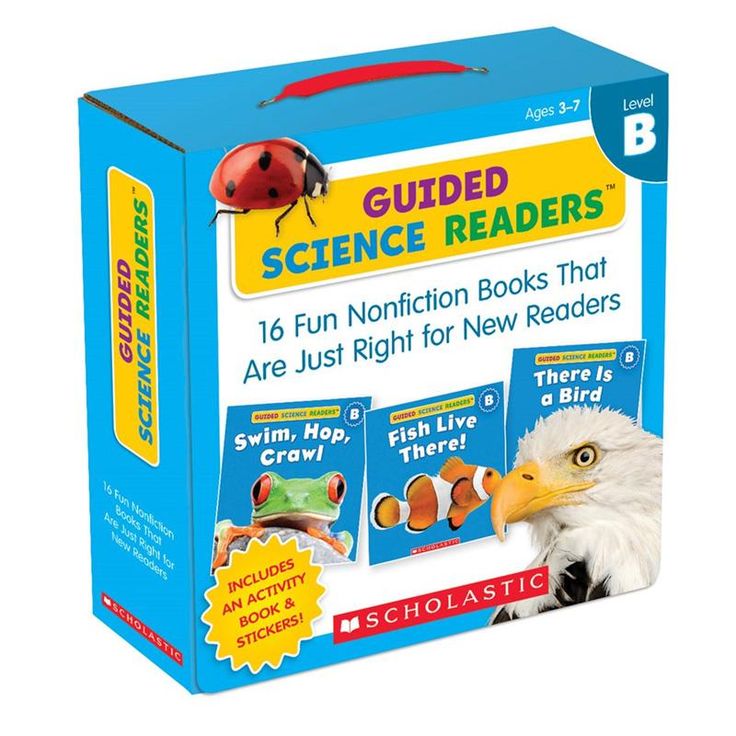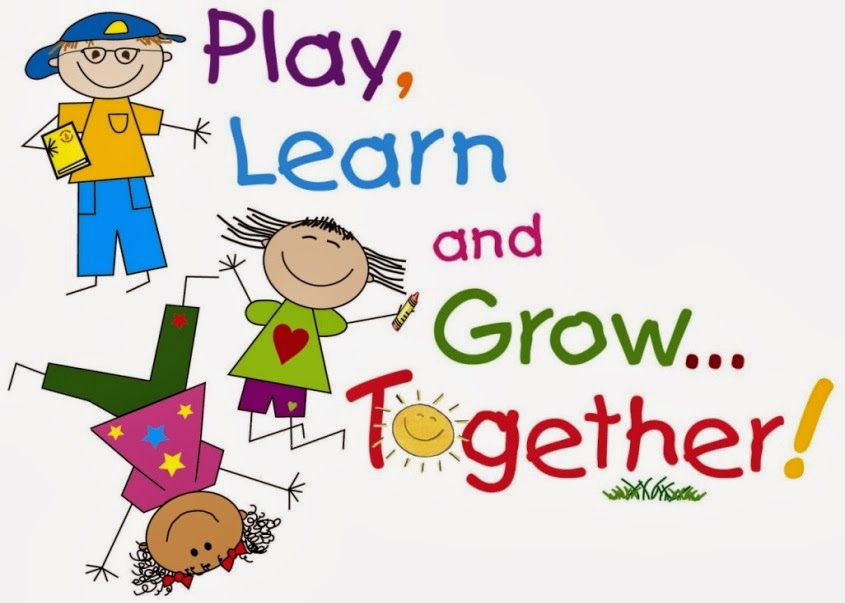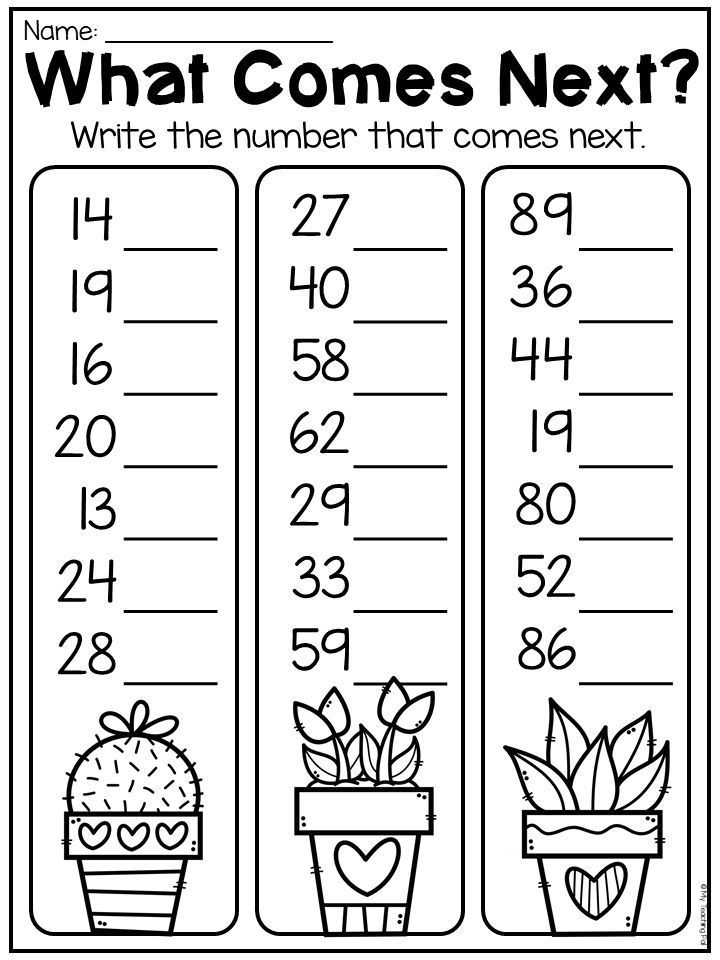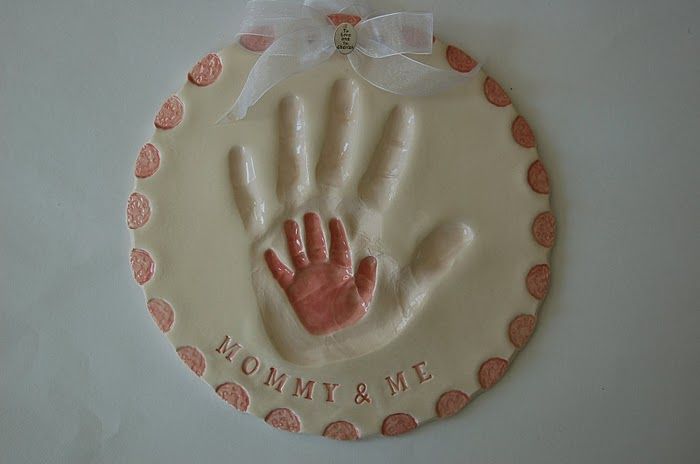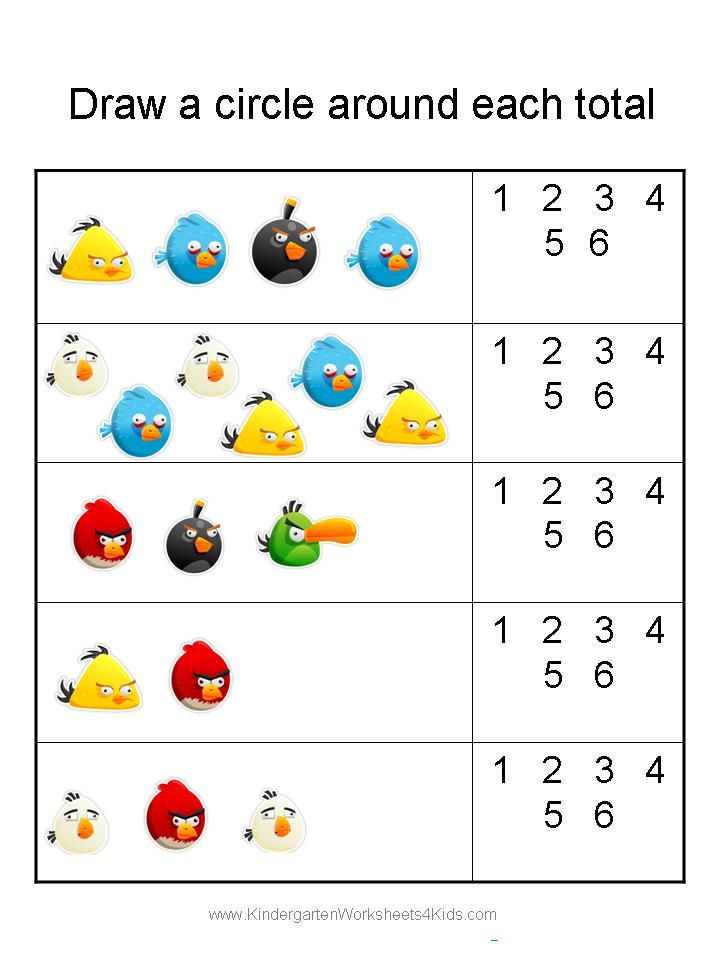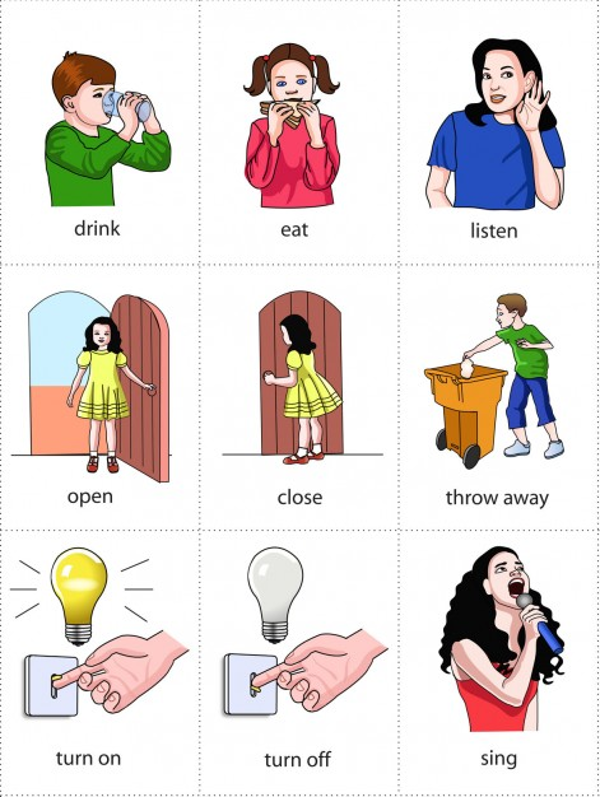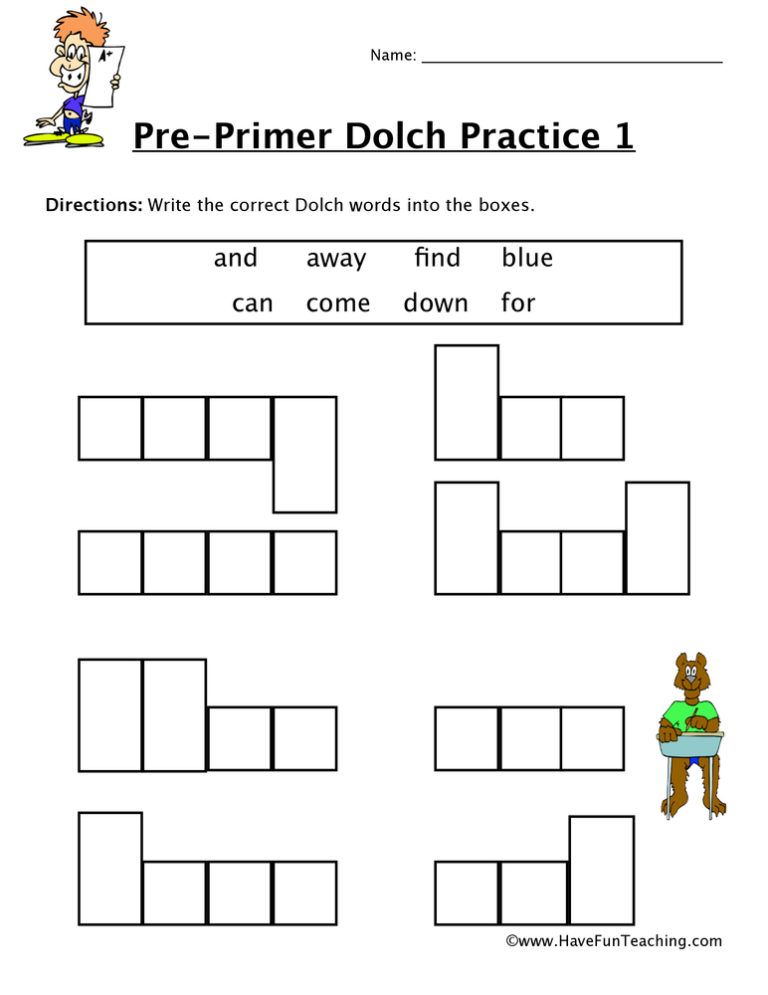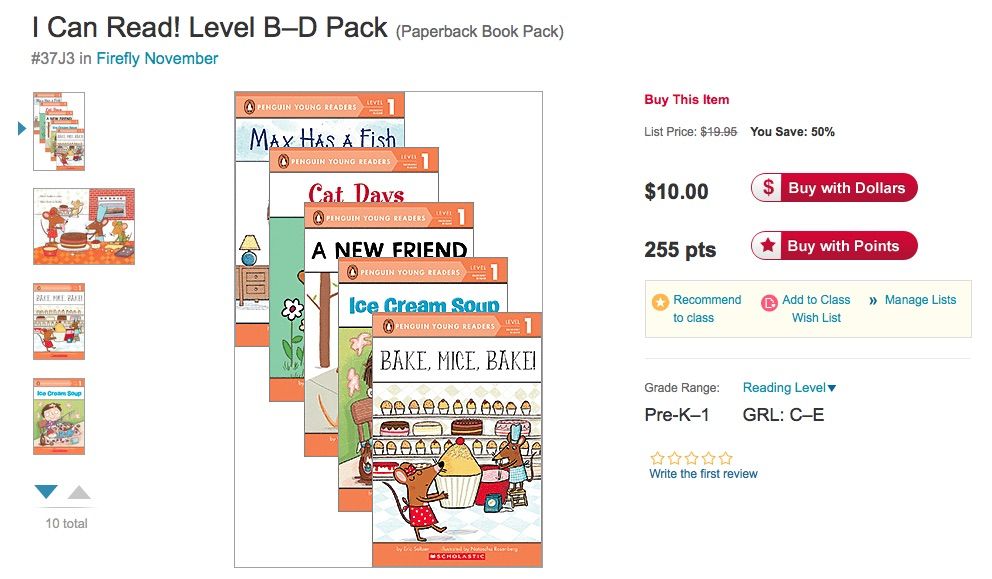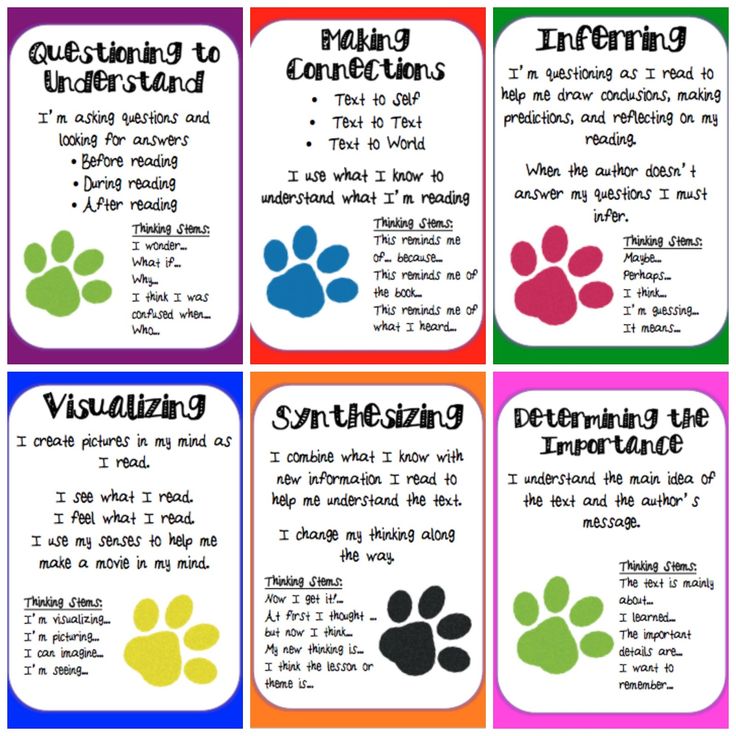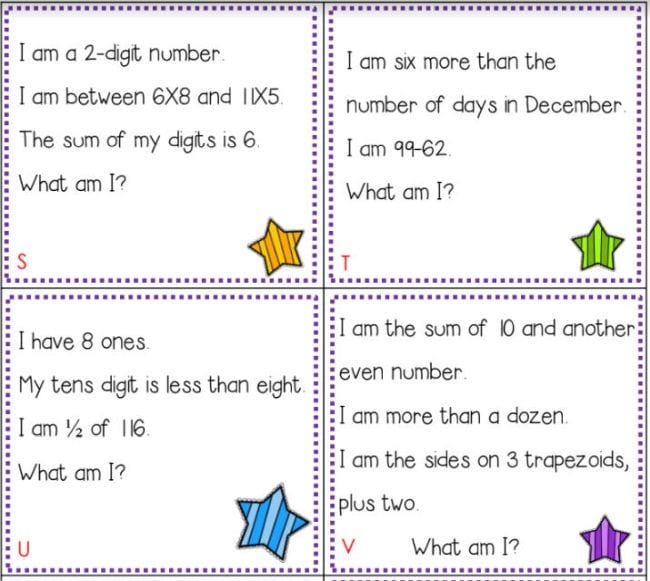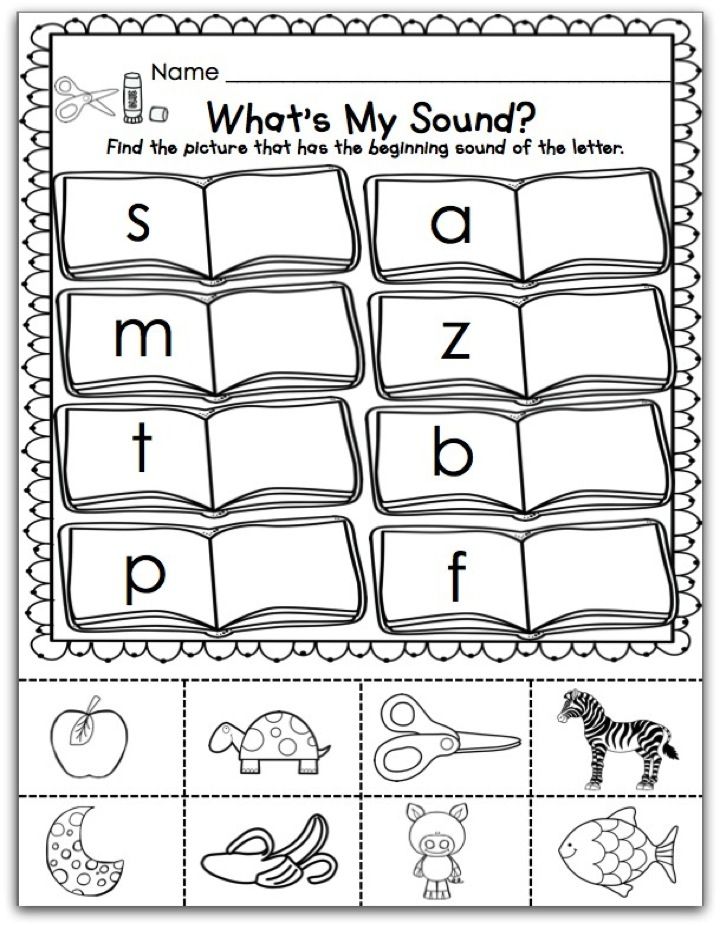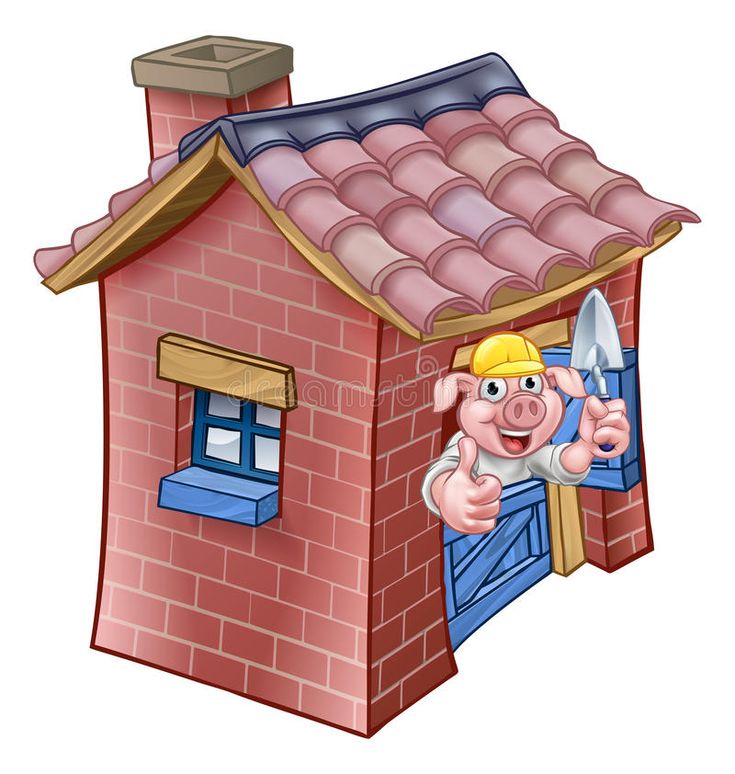Book levels for guided reading
The Guided Reading Levels Chart and What It Means
Have you ever found yourself using a system, but not really knowing why? Maybe you are using it because someone introduced you to it and you just rolled with it. Maybe you have found yourself using it because you knew there was a purpose but weren’t sure what it was. I know I have been in this place. I have been there with guided reading levels and the guided reading levels chart for sure.
When I first started teaching guided reading, I found myself wondering things like, “What does this guided reading level mean?” Or “What does this have to do with how this child is learning to read?” Or even “Why on earth are some numbers and other’s letters?”
I want to help make things clear for you so I am sharing all I can about guided reading levels, the guided reading levels chart, and what it all means.
What are guided reading levels?
Guided reading levels are simply a system developed originally by Irene Fountas and Gay Su Pinnell to help organize reading skills and strategies so that readers are not overwhelmed. The goal of guided reading is to work within a child’s instructional level. Anything above that can cause frustration for the reader and anything below does not allow for enough teachable moments.
The most common system for leveling is Fountas and Pinnell’s guided reading levels system which uses letters to indicate each level. It ranges from levels A-Z with A being the simplest and Z being the most complex of the guided reading levels. Other popular systems are DRA, which uses numbers, Reading A-Z, and Rigby. Lexile levels are another familiar system that uses large ranges. Personally, I have found this system to be the most difficult to work within.
All good teachers teach within a “system” naturally. Never would we dump algebra on a child who is learning basic number patterns, yet the number patterns will set them up for later success in deeper math concepts!
Books are assigned reading levels and as children are assessed, children are given leveled books to work within that do not overwhelm them.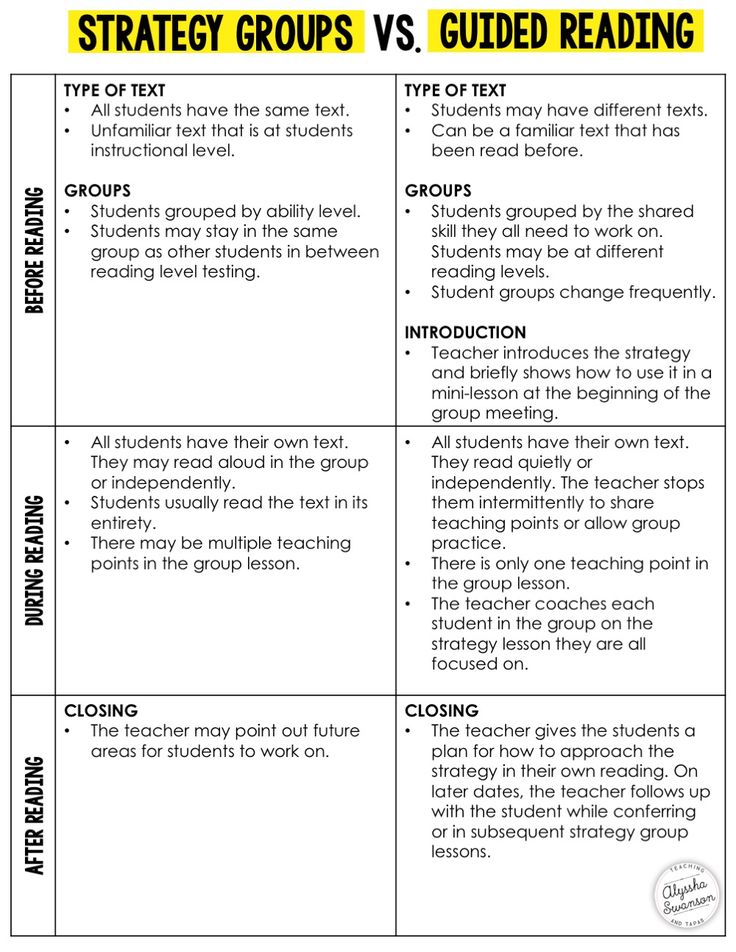 The goal is that they have a useful tool that allows the teacher to come alongside them and coach them through.
The goal is that they have a useful tool that allows the teacher to come alongside them and coach them through.
This is something that I am guilty of in the past and while it can be wonderful motivation for some as they work to move up levels, it’s also not great for many.
How do you determine a guided reading level?
Guided Reading Levels for Books
Assigning a guided reading level to a book is complex. Many factors are taken into account. Scholastic lists the following:
Genre: The type of book (here’s your guide to children’s book genres)
Text Structure: How the book is organized and presented
Content: The subject matter of a book
Themes and Ideas: The big ideas that are communicated by the author
Language and Literary Features: The types of writing techniques employed by the writer
Sentence Complexity: How challenging the syntax in each sentence is
Vocabulary: The frequency of new words introduced in the book
Words: The ease at which the words in the book can be figured out or decoded by a reader
Illustrations: The correlation and consistency of images and pictures in the books to the words printed on the page
Book and Print Features: The physical aspects of the printed word on the page –Mary Doman, A Parent’s Guide to Guided Reading, Scholastic.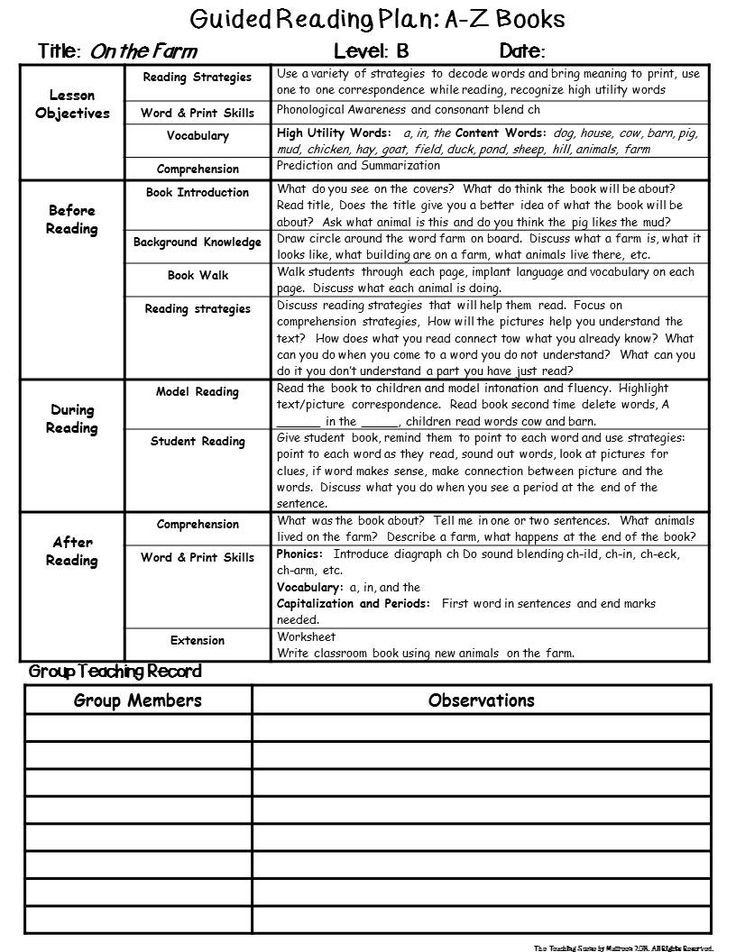 com
com
Just remember there is no perfect book and no perfect system. I know firsthand from leveling my own sets of guided reading books that it’s super tricky and one word can change the whole level! Being aware of your readers’ skills is so important!
Matching Just Right Books with Children
When it comes to matching guided reading levels with readers, there are a few ways you can do this. If you are a teacher, the best way to is to take a running record. This will allow you to get accurate data on the child and really see their strengths and growing points. If you are a parent, you can use a simple five finger test to determine if a book is too hard or just right. Every time a word is missed, the child raises a finger. Once they get to five, they know it’s too tricky right now.
It’s important to remember that when searching for a good fit you take into consideration more than just the text. You must also consider comprehension. If a child is struggling to comprehend the text, then it’s likely too hard.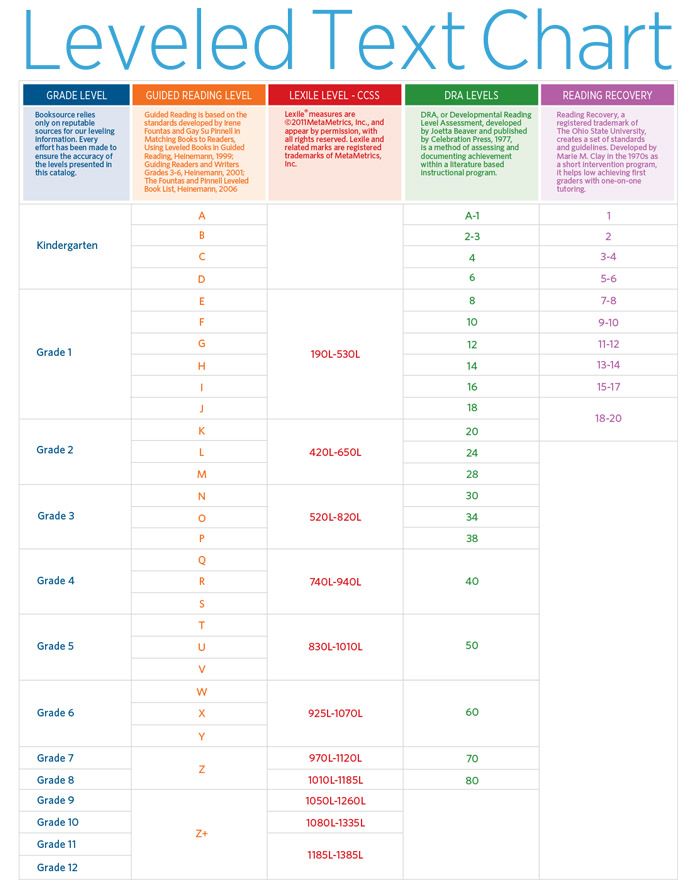 If the child can comprehend it well and can read it well, then it may be too easy for the child.
If the child can comprehend it well and can read it well, then it may be too easy for the child.
What does each of the guided reading levels mean?
So what do each of the guided reading levels mean? I love to look at them from the perspective of what they encourage readers to be working towards and how much a child can do when they advance levels.
In my guided reading resource card FREEBIE, all of the strategies, skills, behaviors, and comprehension focuses are explained at each level. They not only help you, the teacher, meet your readers where they are, but they help you have a roadmap to see where they are going next, too.
I love to use them when planning my guided reading lessons!
Where do I go from here?
Once you know where a reader is working and you know that you have leveled text, you may be looking for some easy to follow guided reading lessons. After years of planning my own lessons and hearing from teachers that they weren’t sure where to even begin, I created guided reading lessons for Kindergarten, First Grade, and Second Grade readers.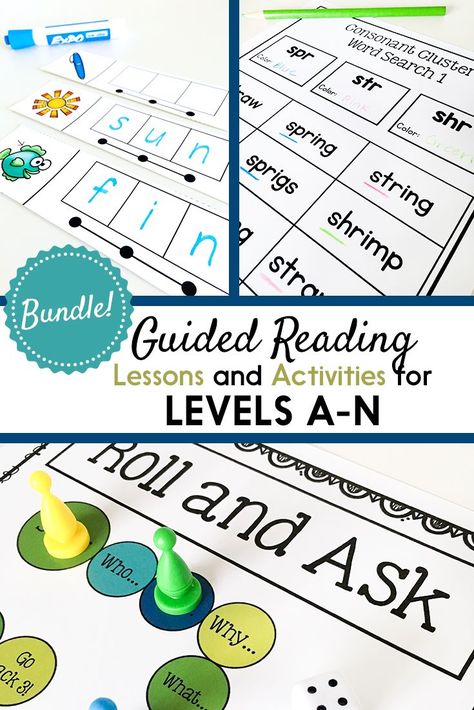
The lessons have an easy to follow format, guided reading books, notes about each level and where students are working, word work activities, comprehension activities to follow up the text reading, and even notes for parents.
Shop Kindergarten Guided Reading Lessons
Shop First Grade Guided Reading Lessons
Shop Second Grade Guided Reading Lessons
No matter where you are in your guided reading journey, it’s important to simply begin and keep moving forward. Teachers, myself included, are always learning, growing, changing our practice, and improving! I’m rooting for you!
pin it
Want to use the latest research to boost your readers during small groups? This FREE guide is packed with engaging ideas to help them grow!
How to Determine the Reading Level of a Book
This content contains affiliate links. When you buy through these links, we may earn an affiliate commission.
Fountas and Pinnell, Lexile Level, Primer, Pre-primer, Beginning Reader are all terms you may have heard if you have a young reader in your house. Seriously, what does it all mean? Is there actually a way how to determine the reading level of a book? If your child can read The Cat in Hat, which is a level J in Guided Reading, can she independently tackle Diary of a Worm, which has a Lexile Level of 510L or is she ready for Keena Ford and the Second Grade Mix-Up, even though that one has a DRA of 30?
Through this post, I am going to attempt to elucidate and explain reading levels. So scroll through to find the system that your child’s teacher uses or pour yourself a large cup of coffee and sift through all of the various ways educators, librarians, and book publishers level and categorize books for young readers.
Reading Levels Are Like Starbucks Sizes
I admit, I don’t visit Starbucks unless I have a gift card. I am also that person who goes to Starbucks and still tries to order a large iced tea. The barista calmly asks if I would like a venti or a trenta and then explains that I need to choose between Passion Tango, Matcha Green, or Guava White Tea. Then comes the question of sweetened, unsweetened, or added lemonade.
The barista calmly asks if I would like a venti or a trenta and then explains that I need to choose between Passion Tango, Matcha Green, or Guava White Tea. Then comes the question of sweetened, unsweetened, or added lemonade.
For the young reader, finding a book that can be read independently can be as tricky as remembering all of the variables in a Starbucks order. Little readers who are not familiar with reading levels or taught to find a “good fit book” often go for books that are too easy and boring, too difficult and frustrating, or, like my kindergarten son, books that have too many unreadable Star Wars planet names like Kashyyyk. If a child knows her reading level, she can find books that contain sight words she knows, plot lines that are not too advanced, and vocabulary that is manageable.
Explain the Levels, Please
There are many different ways that books are leveled. Here are the three most popular methods for how to determine the reading level of a book.
Developmental
Children become readers by moving through different developmental reading stages. These stages range from the emergent pre-reader to the expert fluent reader. Typically, the emergent pre-reader is between six months and six years of age, while the expert fluent reader is 16 years and older. The developmental categories are broader categories than many of the other leveling systems.
Letter Levels
When I taught first and second grade, I found letter levels to be the most kid friendly way to organize a classroom library. If your child’s school levels books using Fountas and Pinnell, Reading A-Z, Scholastic Books, or Guided Reading Levels, then books will be leveled using a letter system. While it would be nice, these leveling systems do not always correlate. A book that is a Reading A-Z Level P, is not always a Level P using the Guided Reading Levels.
Number Levels
Books can be leveled through such systems as Lexile Numbers, The Direct Reading Assessment (DRA), and Reading Recovery.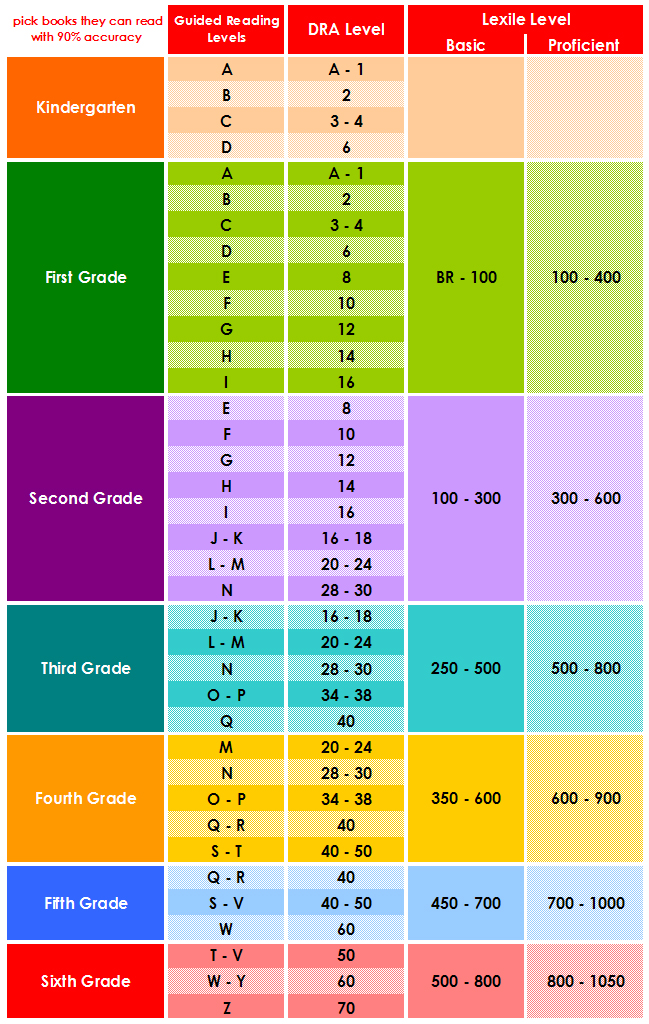 These systems measure texts by complexity and a reader’s skill level and then assign a number.
These systems measure texts by complexity and a reader’s skill level and then assign a number.
I Have My Child’s Reading Level, Now What?
Throughout the school year, your child’s teacher will probably perform reading inventories or assessments with your child. These will determine your child’s reading level.
If you homeschool or your child’s school does not use leveled reading, then use a simple test called the “five finger test” to roughly determine your child’s reading level. Have your child choose a book and open to the second page. Ask your little one to read the text out loud. If your child struggles with independently reading five or more words on that page, the book is too difficult and is not a good fit. You should also ask some comprehension questions to make sure that your young reader understands what she is reading. When a book passes the five finger test, use one of the links below to determine that book’s reading level.
Once you have the reading level, take a look at these five helpful websites, apps, and charts that will help you and your child find or level the perfect book:
- Book Wizard : Type in the title of a book to retrieve the Guided Reading Level and grade level.
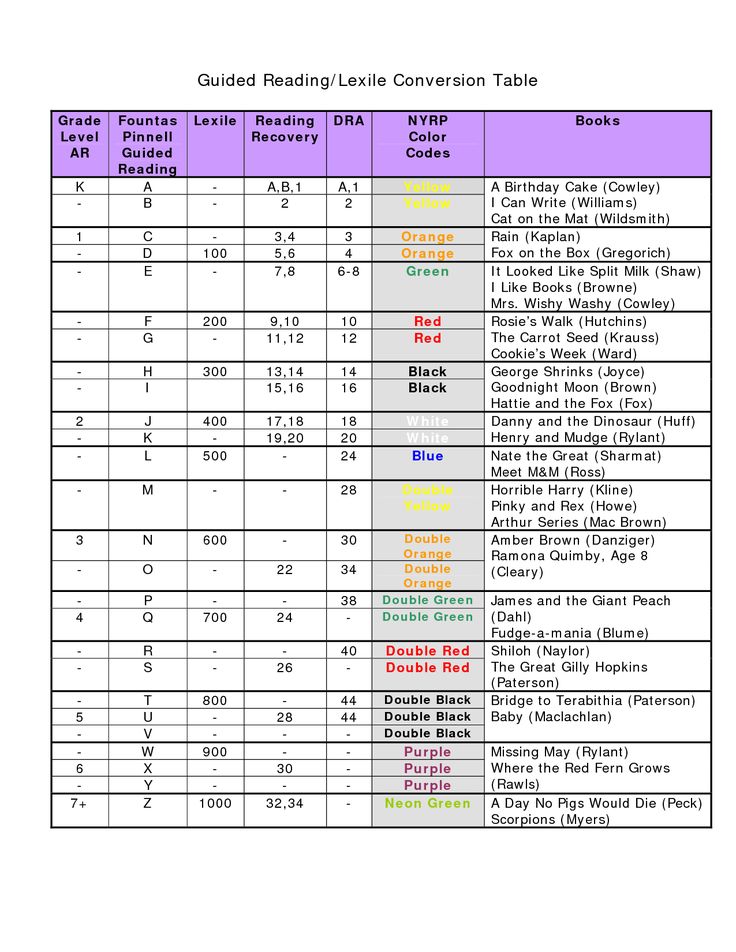
- Lexile Find-a-Book :Visit this site to find the Lexile Number for a specific book or to generate a list of books with a particular Lexile Number.
- Reading A-Z Level Correlation Chart : This is the best conversion chart out there for reading levels.
- Reading Levels Explained : Check out this very clean and user friendly site if you are still feeling overwhelmed by all of the reading level systems.
- Literacy Leveler app : Download this app and then use it to scan a book’s ISBN to see its Lexile, DRA, and GRL.
Levels Should be Helpful, Not Stressful
Reading levels should not feel restrictive. They should be used as helpful tools and not as a draconian system that kills the love of reading. Encourage your child to read books on her level, but don’t be upset if she chooses to reread an old favorite or picks up a nonfiction book that has some advanced vocabulary. Imagine how horrible it would be if adults had to always adhere to a reading level. I am well aware of the fact that some of my beach reads are probably a fourth grade reading level, with a Guided Reading Level of Q, 820L, and DRA of 40. I may not always be challenged as a reader, but it is still fun to sip my trenta Passion Tango unsweetened iced tea and enjoy a book simply for the fun of reading.
I am well aware of the fact that some of my beach reads are probably a fourth grade reading level, with a Guided Reading Level of Q, 820L, and DRA of 40. I may not always be challenged as a reader, but it is still fun to sip my trenta Passion Tango unsweetened iced tea and enjoy a book simply for the fun of reading.
Need some books to practice leveling? Help yourself to 50 Must-Read Books for Beginning Readers, 20 Must-Read Books for First Graders and Second Graders, The Best Chapter Books for Kids: Engaging with Words, and 70 Must-Read Books for 3rd Graders.
How to read and discuss books
Let's take a closer look at each way of reading.
1. Elementary Reading
This is the level of reading taught in elementary school, that is, putting letters into words. If you are reading this article, you have mastered this skill.
2. Inspection (introductory) reading
Inspection reading is suitable for working with large amounts of information.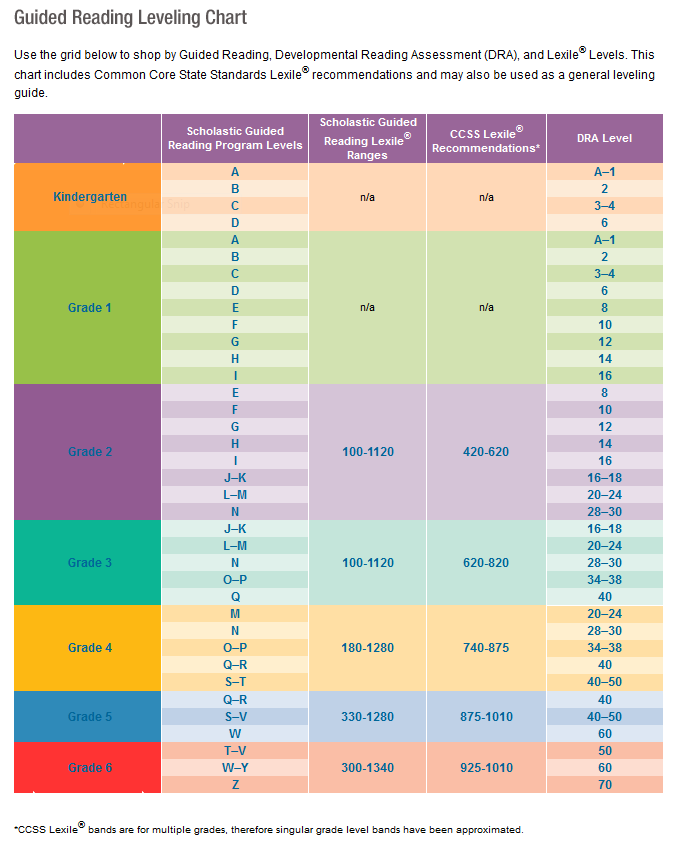 It includes a quick introduction to the contents of the book by reading the preface; studying the table of contents; front and back of the book cover. In the inspection method, a conclusion with the main conclusions is also visible. It is clear that this method is not suitable for reading fiction, but it will do for business and popular science. Also, with this method of reading, it is useful to study reviews of the book. Inspection reading also includes reading across the sheet, when you quickly familiarize yourself with the text without comprehending it.
It includes a quick introduction to the contents of the book by reading the preface; studying the table of contents; front and back of the book cover. In the inspection method, a conclusion with the main conclusions is also visible. It is clear that this method is not suitable for reading fiction, but it will do for business and popular science. Also, with this method of reading, it is useful to study reviews of the book. Inspection reading also includes reading across the sheet, when you quickly familiarize yourself with the text without comprehending it.
3. Analytical reading
Analytical reading involves the intense involvement needed to understand what is said and meant in a book. In analytical reading, you not only get acquainted with the text, but also carry out preliminary work on the study of the author, genre, context of a literary work. While reading, the reader should ask himself the following questions:
● What is the meaning of this paragraph?
● How does this information relate to what I already know?
● What does the author say about .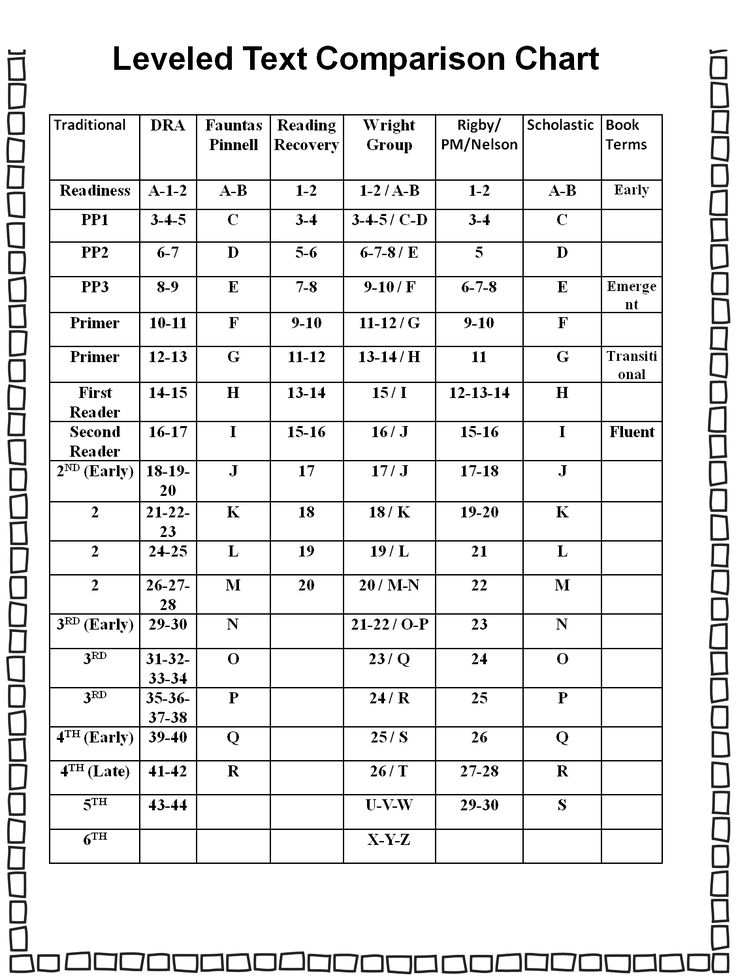 ..?
..?
When you ask yourself questions while reading, you constantly evaluate what has been said. When reading, take a longer pause after a difficult piece of text. Make sure you fully understand what the text says; break the text into smaller chunks; look for words you don't understand; summarize what you read and also discuss the text with someone. These steps will help you fully process and understand this piece before moving on. After reading, analyze the book, identifying its main ideas and value.
Analytical reading is instilled in literature classes at school, when you first learn the biography of the author and the time in which he lived. Then read the text and discuss it with the teacher. This process ends with an essay on the topic. As an adult, it is not necessary to write an essay in order to analyze a book well. However, it is important to go through the preparatory and final stages at least minimally, having studied one or two links, in order to get a complete picture.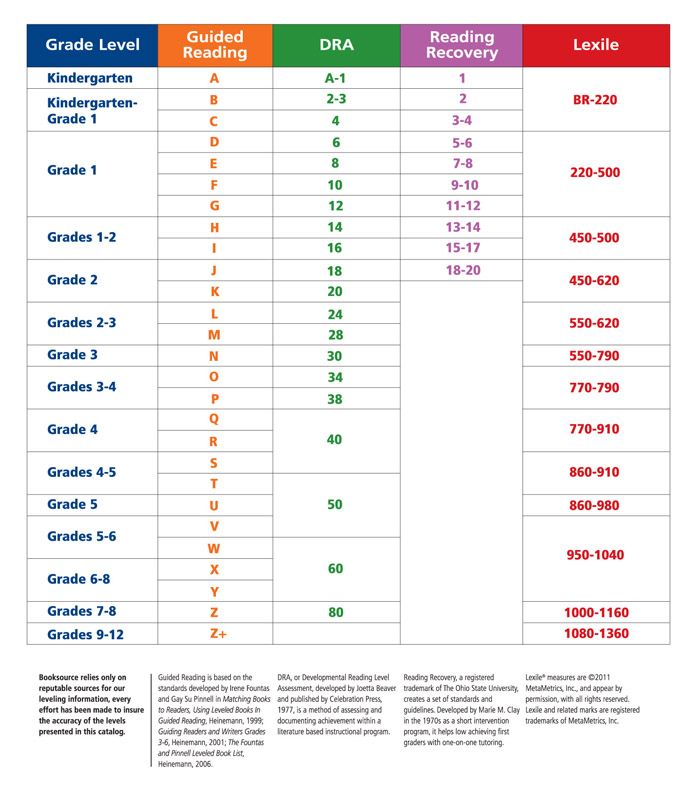
4. Research (syntopic) reading
The most difficult reading of all, most suitable for scientific activities in the field of comparative literature, but can also be used in everyday reading. In this case, reading books becomes a hobby. Syntopic reading involves reading many books on the same topic, and comparing and contrasting authors, their ideas, the vocabulary of the text, etc. The purpose of research reading is not to achieve a general understanding of any particular book, but is to study a certain aspect that is common to several books. This task is solved by comparing passages, translating terminology, formulating questions, defining the problem. Specifically, there are five basic steps to exploratory reading.
● Search for suitable passages. You need to find books that are relevant to the topic, and then select the passages from them that best suit your needs. This is where inspection reading comes into play.
● Search for keywords. In analytical reading, you must identify key words or concepts and how they are used by the author. The process of finding similar concepts is quite difficult, as each author is likely to use different terms and concepts to formulate their arguments.
In analytical reading, you must identify key words or concepts and how they are used by the author. The process of finding similar concepts is quite difficult, as each author is likely to use different terms and concepts to formulate their arguments.
● Clarification of questions. Instead of focusing on the problems the author is trying to solve, you need to focus on the questions you want answered: why does the author describe the character in this way, why does he use this particular era?
● Problem definition . If you have asked a clear question, to which the authors have answers, then the problem and the literary source have been identified correctly. Different authors may have completely opposite points of view on the problem.
● Shaping an opinion. It is presumptuous to expect that when analyzing a text there will be at least one indisputable truth. But from several opinions of the authors, you can form your own informed opinion.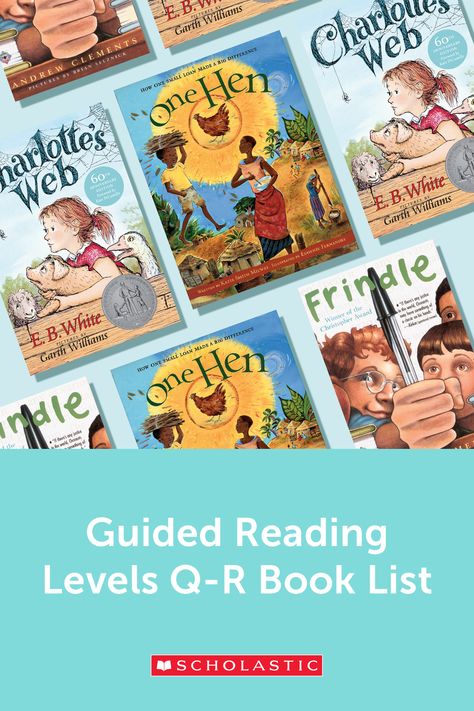
How to Discuss
Book discussions are a great way to spend time where book lovers can get together, analyze and have a lively discussion about plot twists, character flaws, and ending meanings. Here are some examples of questions to ask yourself and others after reading this book.
1. What was your initial reaction to the book? Did it hook you right away or did it take you a while to sink into it? These questions will give you a starting point for analyzing and discussing the book.
2. Do you think the story focused on plot or character? From here you can either delve into a discussion of the character's qualities and actions or plot twists that especially hooked you and other participants in the discussion.
3. What is your favorite quote or passage from a book? One of the most interesting things about discussing books is finding out what parts of a story or what statements get other people's attention.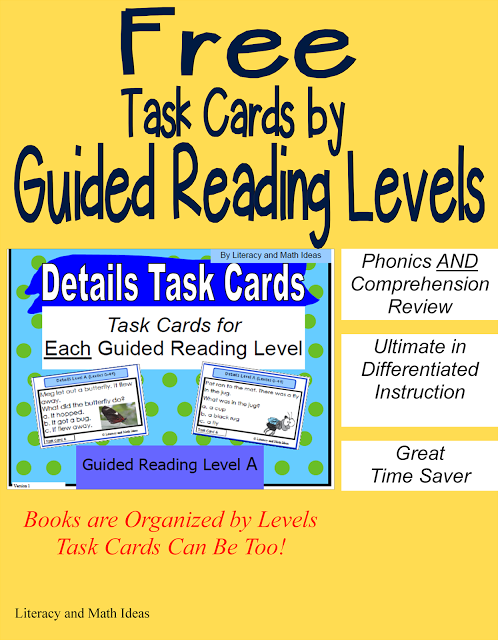 Ask each member of the discussion to read a favorite passage or quote aloud. This will not only give you the opportunity to refocus on important points in the book, but also interpret them in a whole new way.
Ask each member of the discussion to read a favorite passage or quote aloud. This will not only give you the opportunity to refocus on important points in the book, but also interpret them in a whole new way.
4. What made the place, time, and setting unique or important? Could the story take place somewhere else? In many books, the setting and the era are a defining part of the story, sometimes acting as a separate character. Use this question to find out how the setting influenced events in the book's plot.
5. What topics of the book have become defining? What is the most important topic in the book? These questions are too similar to the elements of a literary essay, but nevertheless they are important and often lead to a good discussion.
How to participate in the discussion
1. Watch your speech. Try to avoid words like "terrible" or "idiotic" when discussing books.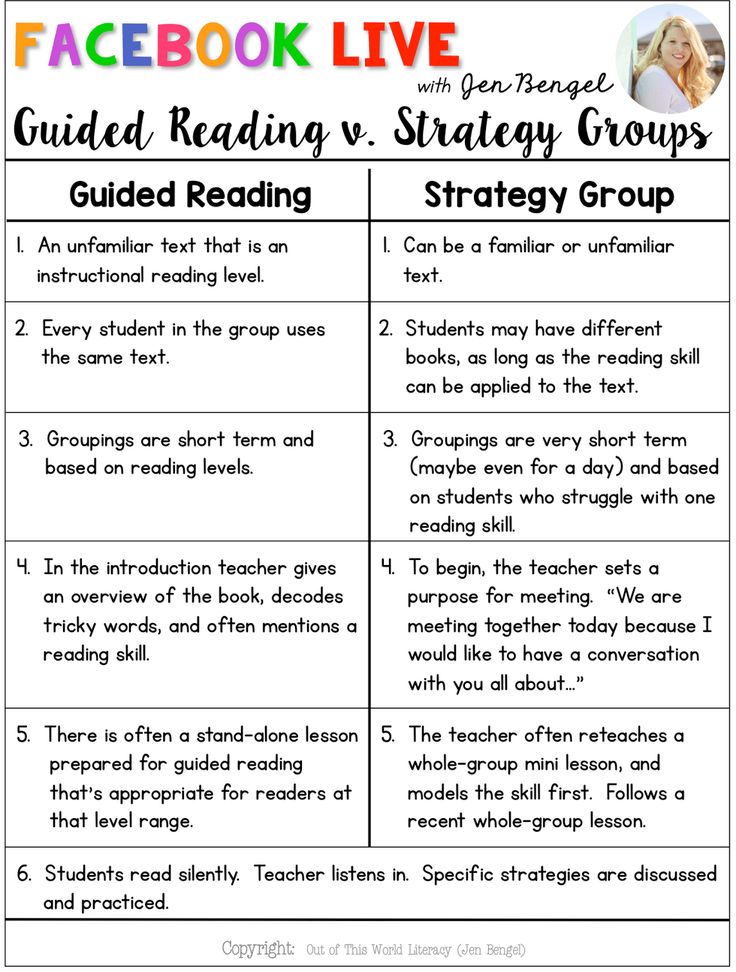 This will not help in the discussion, but will only lead to unnecessary conflict. Instead, talk about your experience, how you felt while reading the book.
This will not help in the discussion, but will only lead to unnecessary conflict. Instead, talk about your experience, how you felt while reading the book.
2. Don't be dismissive. If you disagree with someone else, don't call him or her an ignoramus. Just say, “I'm not sure I see this situation or the characters this way. That's what I think…".
3. Explain your point of view. Use specific passages from the book to support your opinion.
4. Read with a pencil. Take notes or mark passages that strike you or that you find significant, funny, or insightful, to be read later when discussing the book.
We hope that these tips and suggestions will help make the process of reading books even more fun.
9 sites for book lovers and readers
There are many resources on the Internet that help you read more books systematically. We have collected the most useful of them in this material: to keep reading lists, write reviews, find like-minded people and receive literary recommendations.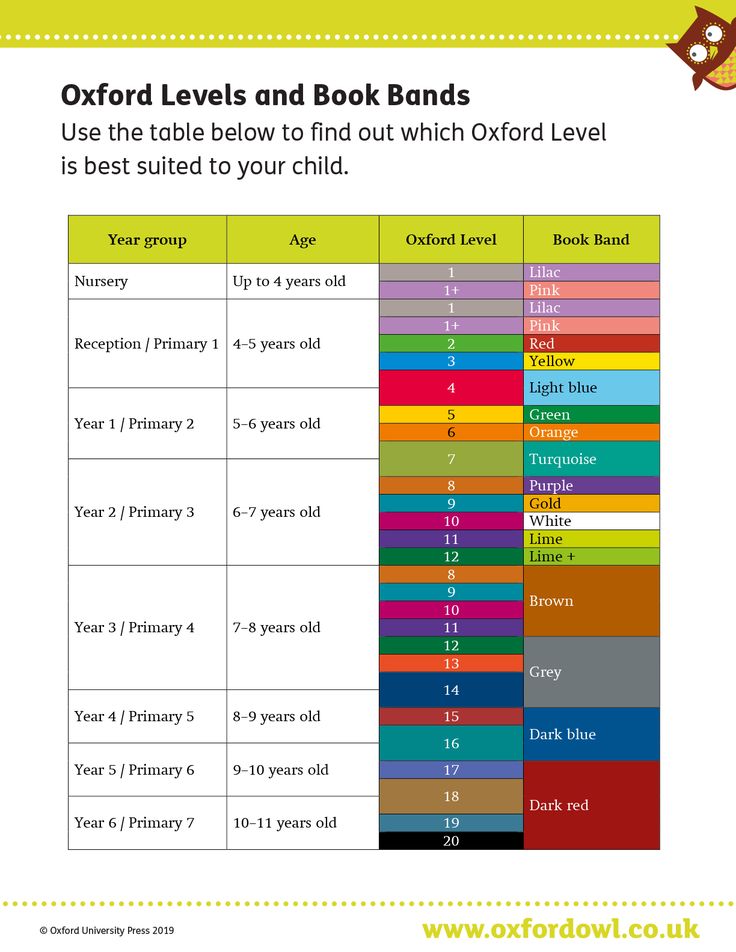
Goodreads
The world's largest book social network, where there is also a Russian-speaking community. Mark the books you have read, swap books, rate them and write reviews.
Goodreads also helps you keep detailed statistics and plan the number of books you want to read
How to motivate yourself to read
Polka
A project about 108 of the most important works of Russian literature - from "The Tale of Igor's Campaign" to "Chapaev and Emptiness".
Collected reviews, articles and podcasts about authors and works. There are no books themselves, but most can be easily found on the Internet
More educational podcasts
LiveLib
A recommendation service that selects books based on user preferences. Reviews from both readers and book clubs will help evaluate recommendations.
Each book has a Buy button next to it.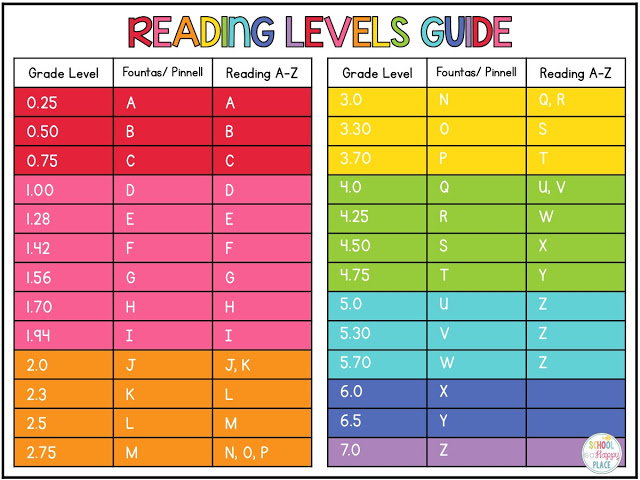 When clicked, a list of stores will open where you can purchase the publication
When clicked, a list of stores will open where you can purchase the publication
Book Guide
Another personal recommendation service. You can publish reviews, and compose collections of books, share your favorite passages, and keep a reading diary.
There are four levels of readers on the site: "Guest", "Beginner", "Expert" and "Master". The higher the level, the more features are available
Books on how to improve brain function
Book Shazam
A separate Book Guide project is a service that helps you find a forgotten book by character name, quote or even a single phrase.
For example, for the phrase "The ice has broken" the system finds the novel "12 chairs", and for the query "Oleg Kostoglotov" - "The Cancer Ward"
Reading
Magazine for thoughtful readers with reviews and articles about news from the world of literature.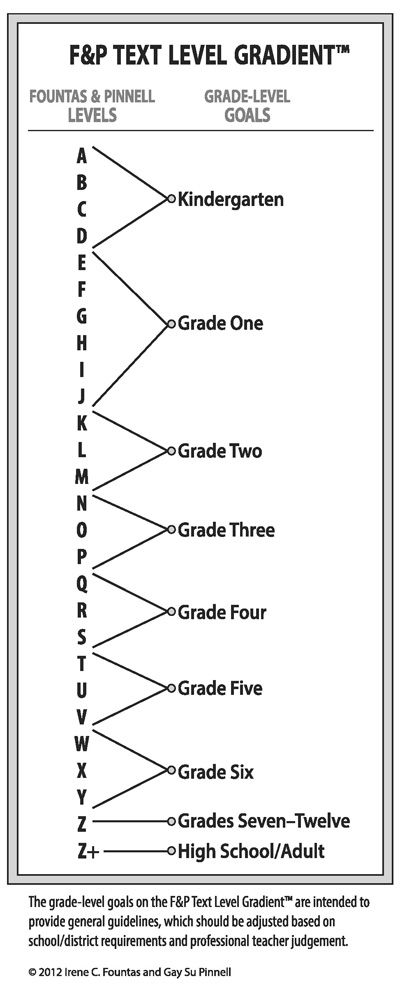 At various times, writers Vyacheslav Kuritsyn, Vadim Leventhal, Andrey Stepanov collaborated with the project.
At various times, writers Vyacheslav Kuritsyn, Vadim Leventhal, Andrey Stepanov collaborated with the project.
One of the directions of the site is to search for unknown but talented authors and publish their works in the "Experiences" section
How to become a writer
Gorky
News from the world of literature, reviews of already published books and fragments of books not yet published.
Also on the site you can find interviews with writers, critics and historians. But the most valuable thing is regular reviews of new books
Journal Hall
Gorky's independent project, which preserves the tradition of thick literary magazines.
Here you can find recent and archived issues of Russian and foreign Russian-language publications like Znamya, Novy Mir, UFO, Friendship of Peoples and others Marina Aromshtam.
Papmambook gives advice on how to teach a child to read and teach him good literature, lists of books for various occasions, and selections of literature for children aged 2 to 14
How to choose a book for a child
If you like to learn new
Read our Education stream.